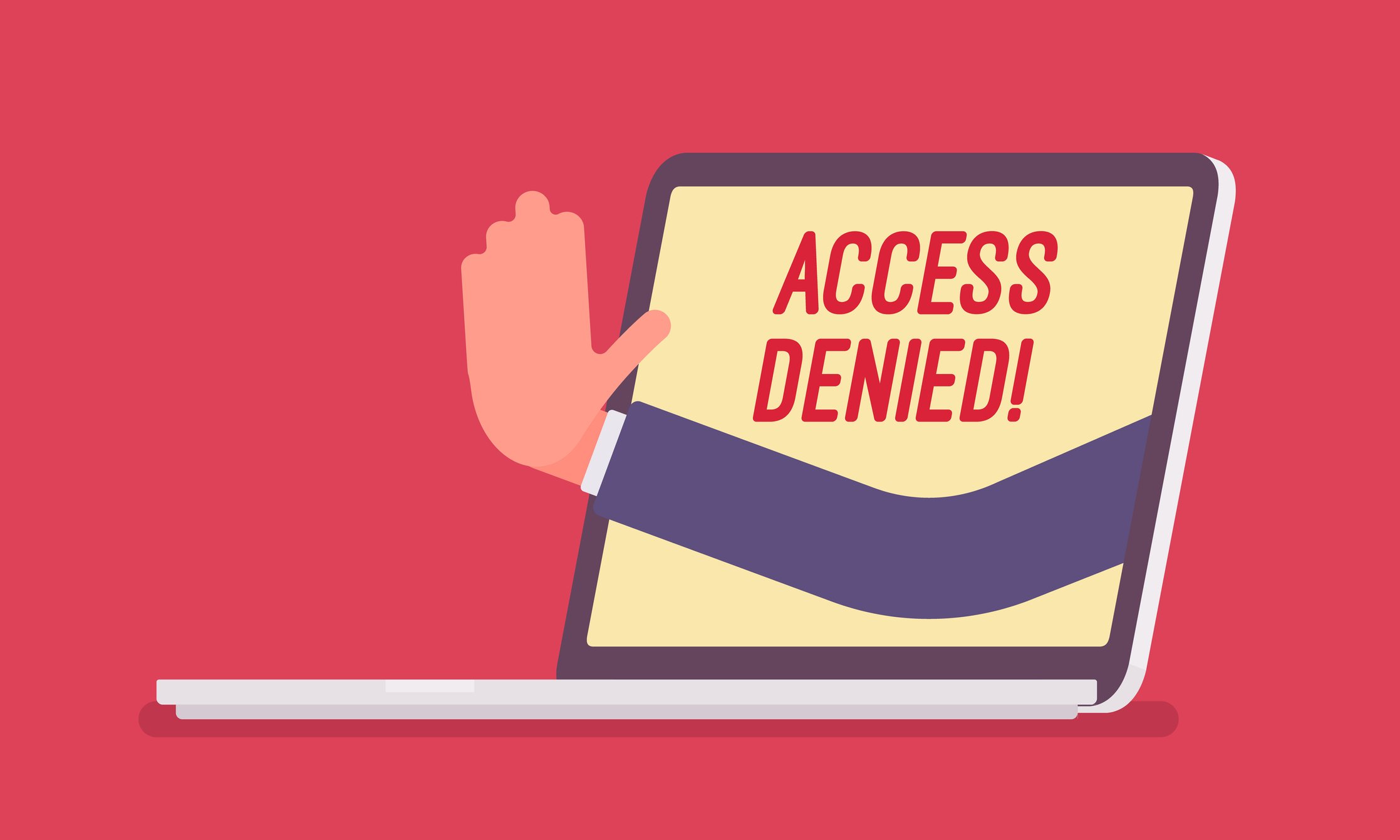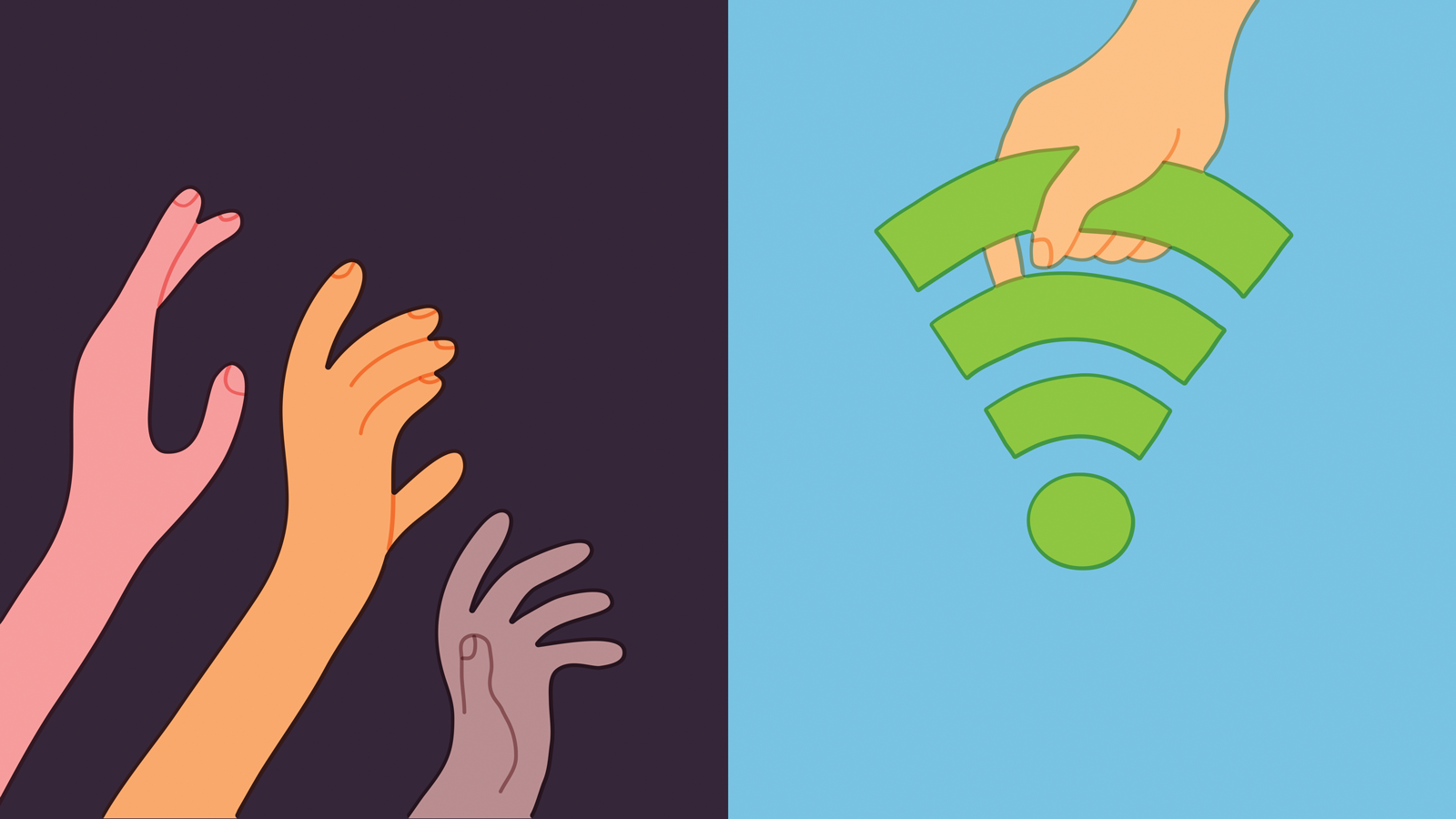
Net Neutrality
Net neutrality is a notion that states that all data on the internet should be treated equally by an internet service provider (ISP). It advocates for a free and open internet, in which users have unrestricted access to content as long as it does not infringe any laws. The net neutrality principle states that all sites, material, and apps must be accessible at the same speed and under the same conditions, without blocking or favoring any content. Internet service providers, such as Verizon, should not be able to prevent individuals from accessing Hulu or slow down Netflix in order to persuade them to keep their cable subscription or switch to a different video-streaming service.
Tim Wu, a Colombia University law professor, created the term "network neutrality" in a 2003 article regarding online discrimination. Broadband providers at the time, such as Comcast, prohibited home internet users from using virtual private networks (VPNs), while others, such as AT&T, prohibited consumers from utilizing Wi-Fi routers. Wu was concerned that broadband providers' proclivity to limit new technology would stifle innovation in the long run, and he urged for anti-discrimination legislation. The Federal Communications Commission (FCC) voted in December 2017 to repeal the 2015 rules, removing all limits on blocking or restricting content.
Congress, the courts, and the states are now in charge of the future of net neutrality. In January 2018, twenty-one state attorneys general, as well as many consumer advocacy groups, sued the FCC to overturn the new rules and reinstate the old ones. In 2019, a federal court ruled in favor of the FCC, but it said the agency couldn't override state-level net neutrality rules. Without Net Neutrality, a streaming firm like Hulu might strike a contract with an ISP like Verizon. In this hypothetical scenario, Hulu pays Verizon a fee in exchange for faster service. Verizon would then boost Hulu's speed while slowing down other services such as Netflix and Amazon Prime.

Internet Censorship
The practice of restricting or suppressing particular online content is known as internet censorship. That content could come from sources such as social media or the news media. Censorship takes many forms at home, for example, parental controls, in which parents utilize keyword blocking and blacklists to keep their children safe online. Censorship has a variety of causes, ranging from well-intentioned attempts to safeguard minors from inappropriate content to authoritarian attempts to control a country's access to knowledge. Whatever the censors' motivations, the ultimate consequence is the same: they limit access to Web content they deem objectionable.
Blacklists and keyword blocking are the two basic approaches used by most Web filters to block material. A blacklist is a list of websites that the Web filter's authors have labeled as potentially harmful. Blacklists evolve over time, and most companies provide free updates. Any attempt to access a site on a blacklist is unsuccessful. The software searches a Web page as the user tries to browse it with keyword blocking. The application examines the page to determine if particular keywords are there. If the program determines that the Web page is inappropriate, it will prevent access to it. Installing a firewall is another option for parents. A computer firewall protects against malicious or unwanted content. Software and hardware firewalls are both available. They act as a barrier between the Internet and your computer network, only letting safe content through and keep everything else out.
Many individuals believe that in the near future, there will be more measures to limit internet freedom of speech. Technical censorship will become increasingly common in nations where freedom of speech is considered as a political or even existential threat by the government, but it will be accompanied with legal attacks on anonymity. The need to register web sites and web users may become more prevalent. The short-term tendency in democracies will be similar, though less severe. Governments will be hesitant to recognize that the internet is beyond their control for a variety of reasons. This will be the case due to political pressures, the illusion of easy victories against unpopular targets, and vested interests. Many believe that the justification of "protecting children" will be used more frequently. Ultimately, internet censoring changed the potential audience's sentiments toward the stance promoted by the message and increased their want to hear that communication, independent of the censor's appeal.

Digital Divide
Interaction between human and computers has greatly increased as we embark on the twenty-first century. The ability to access computers and the internet has become increasingly important to completely immerse oneself in the economic, political, and social aspects of not just America, but of the world. However, not everyone has access to this technology. The idea of the "digital divide" refers to the growing gap between the underprivileged members of society, especially the poor, rural, elderly, and handicapped portion of the population who do not have access to computers or the internet; and the wealthy, middle-class, and young Americans living in urban and suburban areas who have access.
There are many who are unable to access the internet or any source of digital technology. This causes a digital divide, dividing people. The poor, who can't afford technology, aren't able to learn what the people who can afford technology learn/know. Lack of high-speed Internet access can negatively impact economic growth, household income, educational performance, healthcare access and employment searches. Access to information allows communities to prosper. The right of access to information and connectivity speaks to our prosperity as a region.
The digital divide can be closed by implementing digital inclusion policies, programs and tools that incorporate the following: affordable internet services, internet-enabled devices that meet the needs of the user, access to digital literacy training, quality technical support, and applications and online content designed to enable and encourage self-sufficiency, participation, and collaboration. Given the wide scope of the still expanding digital divide, help of any kind truly makes a positive impact. Fortunately, the government, nonprofit groups, and private foundations have started programs aimed at narrowing the gap.